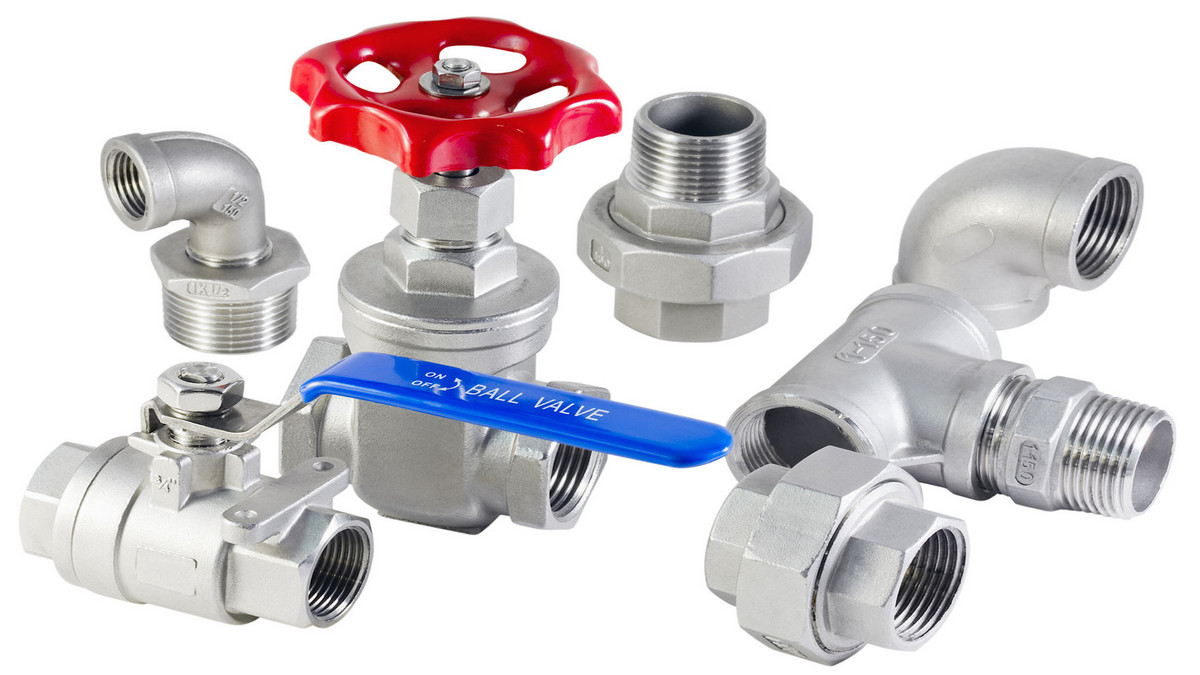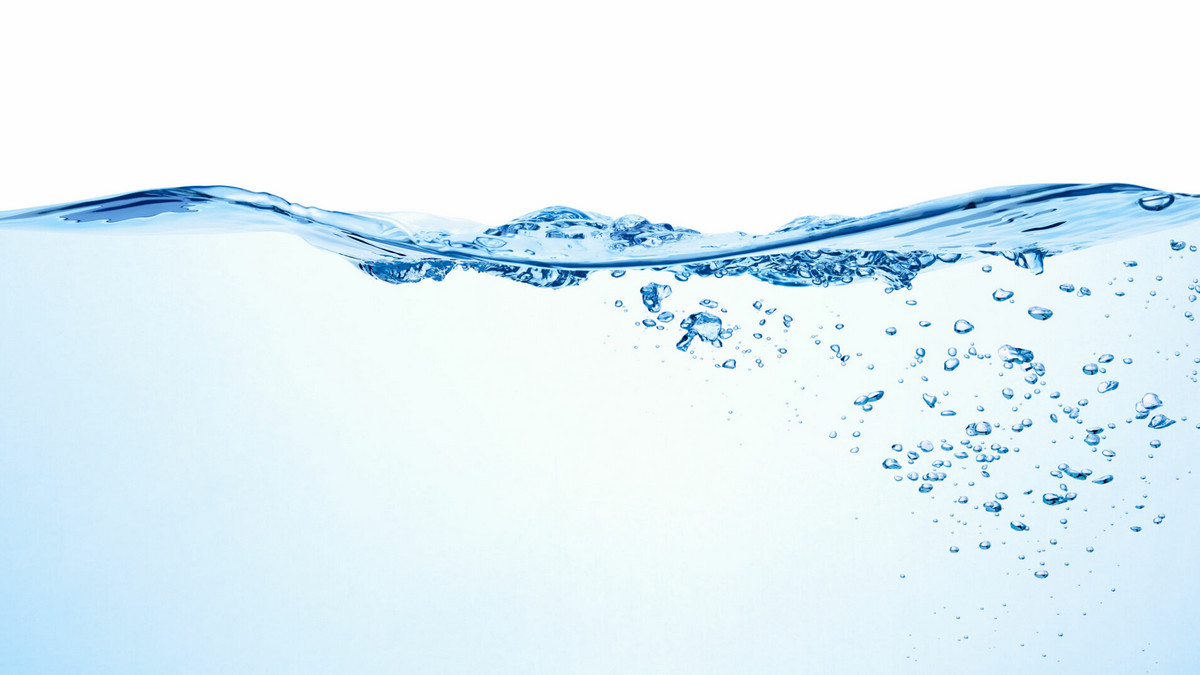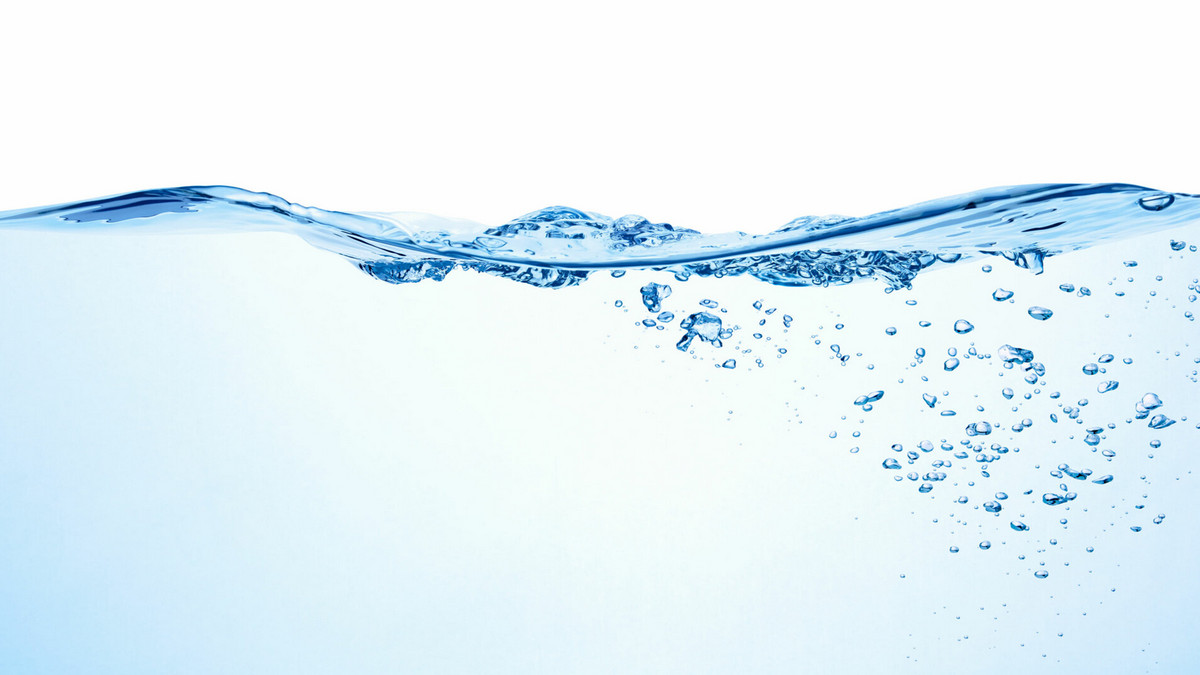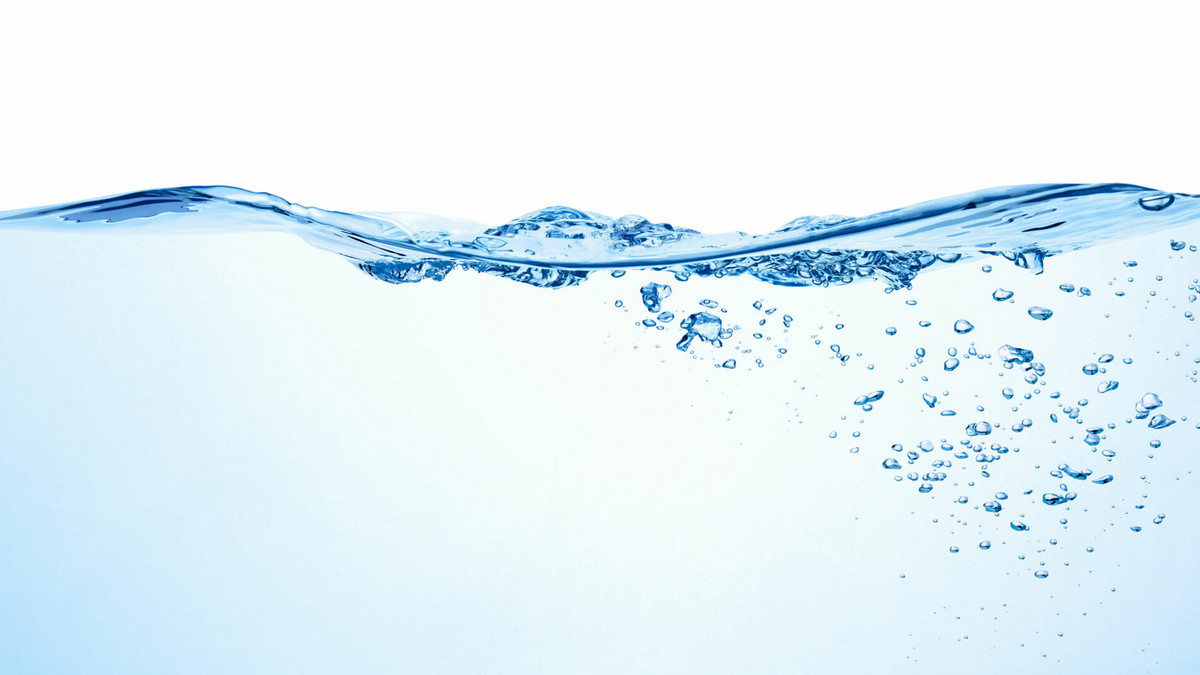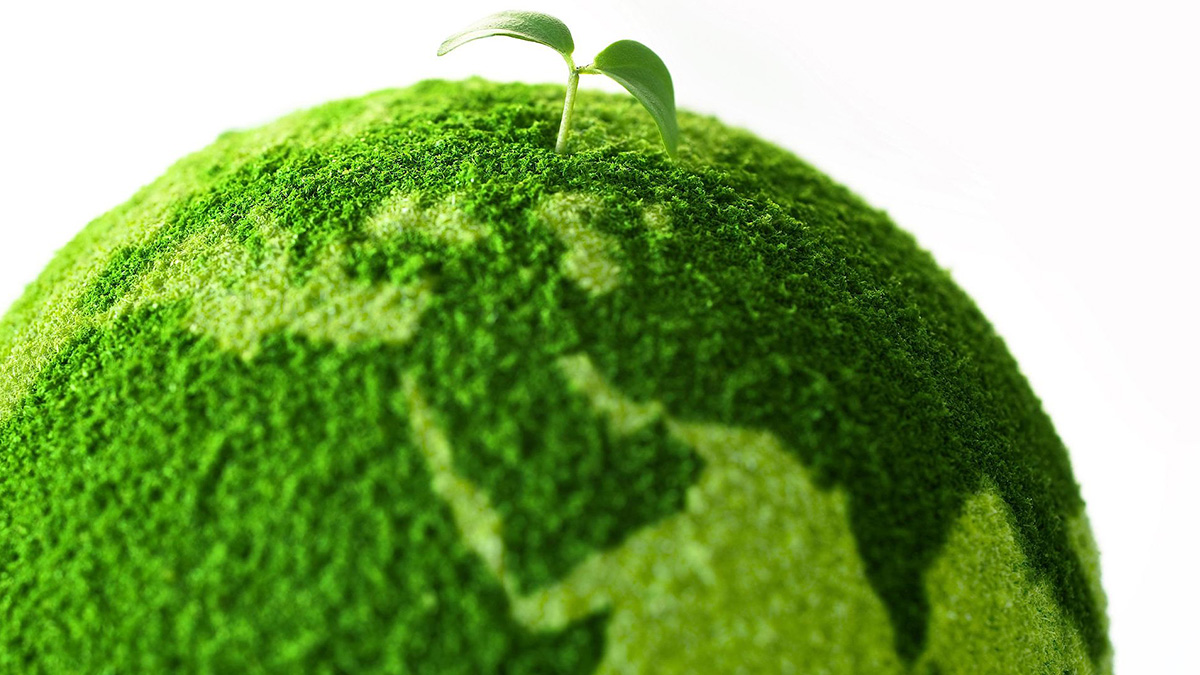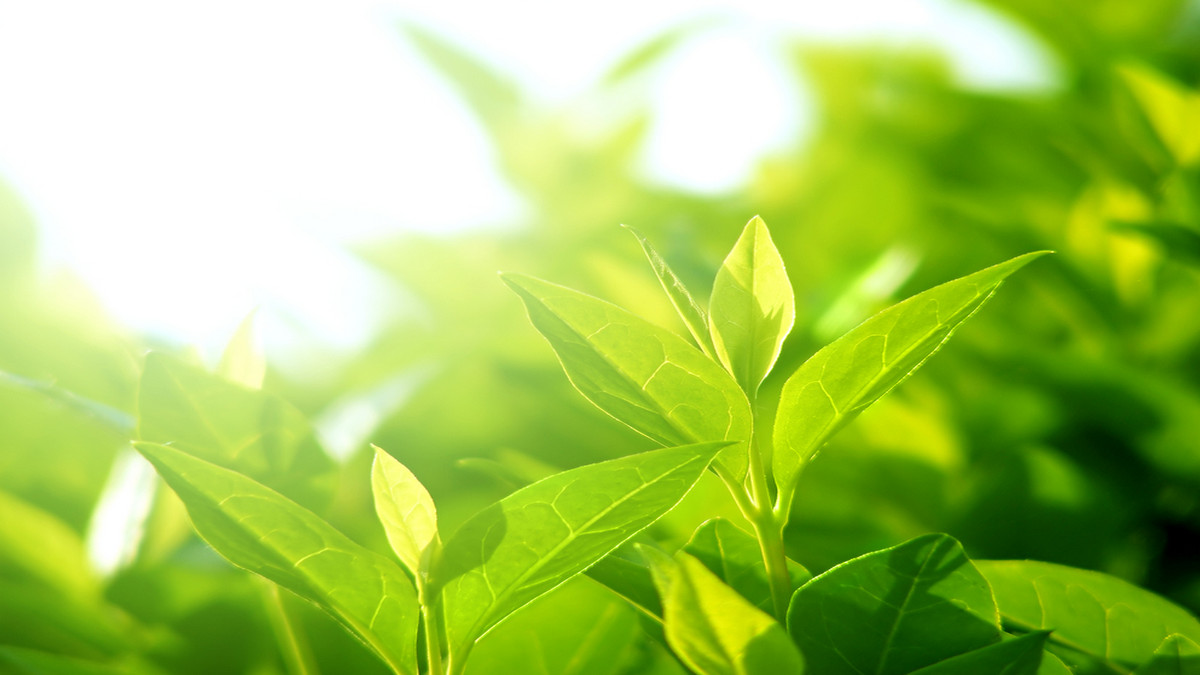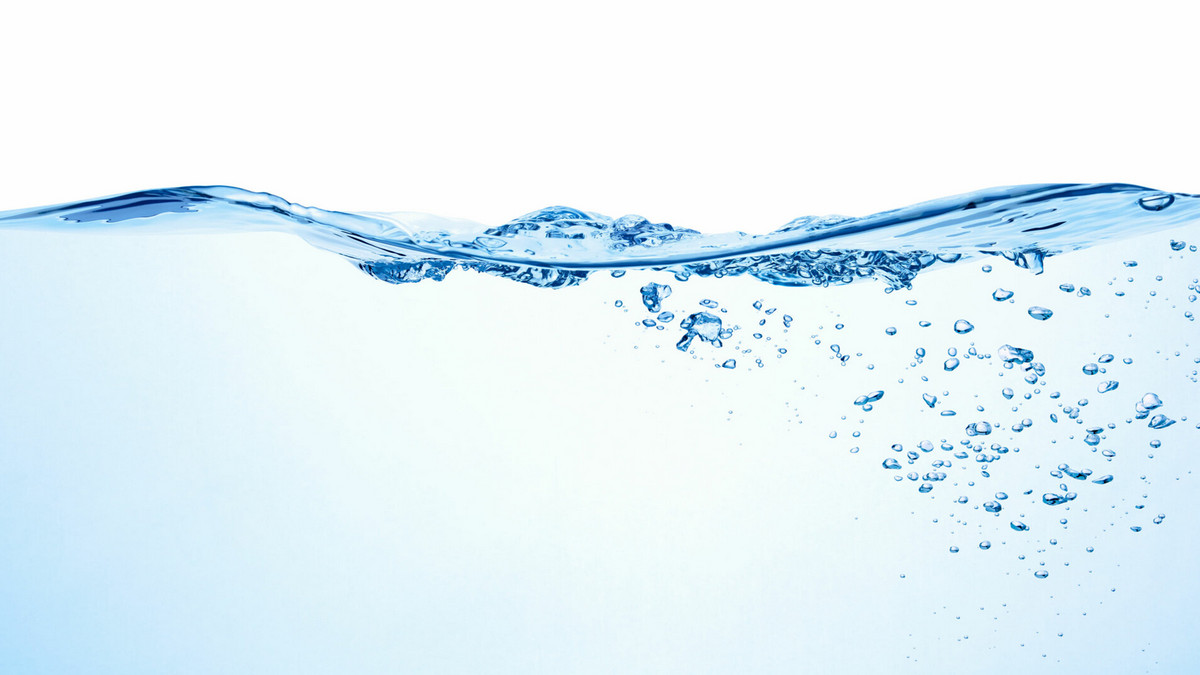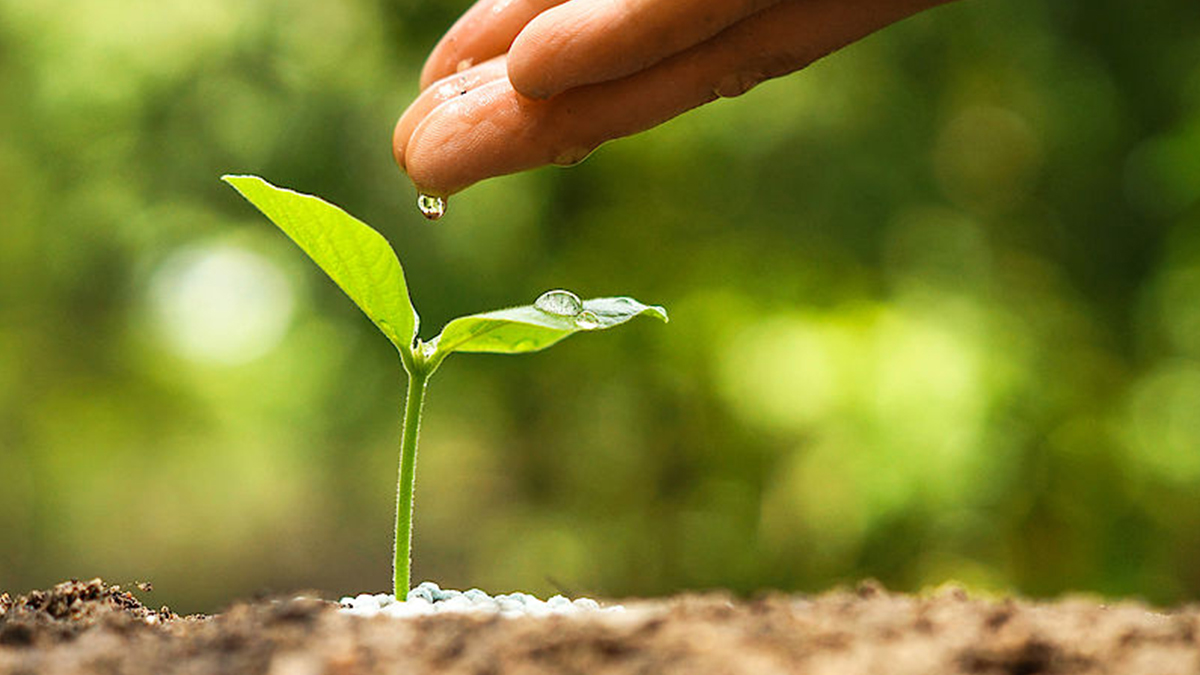The commonly used control items on industrial pipelines and equipment mainly refer to some commonly used valves, which are used to control the flow of the medium in the pipeline.
What is a Valve?
The valve is an important regulating device in the fluid transportation system, which can control the on-off, flow, and flow direction of the fluid. There are many types and specifications of valves, and the valves used for different work requirements are different.
What are the Types of Valves and their Functions?
- Ball valve:
The ball valve is a common valve type, which is improved from the plug valve and replaces the plunger with a ball. The ball is provided with a through-the-hole, and the rotation of the ball can control the cooperation between the through-the-hole and the flow channel to adjust the opening and closing of the valve. The ball valve is used to cut off, distribute and change the flow direction of the medium in the pipeline. It only needs to be rotated 90 degrees and a small torque can be closed tightly. The valve seat can be made of suitable material according to the working conditions. It is widely used because of its good sealing performance, simple structure, and easy operation and maintenance.
Advantage:
- High sealing.
- The resistance of the straight flow channel is small.
- Various caliber sizes and a wide range of fit.
- Can be used for porous applications.
- Suitable for media containing fibers, tiny solid particles, etc.
Disadvantage:
- Metal spheres are expensive to manufacture.
- When the fluid contains impurities or large particles, the ball and valve seat are easily damaged.
- Globe valve:
It is called because its shape resembles a ball. It opens or closes the flow channel with the cooperation of the valve plate and the valve seat. It is often used for cutting off and throttling. The flow channel in the valve body is S-shaped, when the fluid passes through, the flow direction will be changed, which will increase the resistance and reduce the fluid pressure.
Advantage:
- The working stroke is small, and the opening and closing time is short.
- Excellent fluid shut-off and flow control capabilities.
- The sealing surface has low friction and high durability.
Disadvantage:
- Fluid pressure is reduced by resistance.
- The valve requires greater force to operate.
- Not suitable for sediments and viscous fluids.
- Gate valve:
The valve stem is used to drive the gate to move in a straight line, and the gate is lifted to open or close the flow channel. When the gate is half-opened, the fluid impacting the gate will easily cause the valve seat to vibrate and be damaged, so it is not suitable for throttling use. It is only suitable for fully open or fully closed occasions.
Advantage:
- The distance between the two ends is short.
- The resistance of the straight flow channel is small.
- The fluid is perpendicular to the gate, and the force required for opening and closing is small.
Disadvantage:
- Only applies to fully open or fully closed occasions.
- The stroke of the gate is high, and the space above is required for operation.
- It takes longer to turn on and off.
- Check valve:
A check valve is also called a one-way valve. It is a valve that automatically opens and closes according to the pressure difference between the front and rear of the valve disc, allowing only a one-way flow of fluid. Under the action of fluid pressure in one direction, the valve flap opens to make the flow channel unblocked. Conversely, when the fluid pressure in the other direction acts, the valve flap is closed to prevent backflow.
Advantage:
- Simple structure, easy to operate and maintain.
- Prevent fluid backflow and maintain unidirectional flow.
- Generally suitable for cleaning media.
Disadvantage:
- When installing, pay attention to the fluid direction.
- If the pressure is too small, the cut-off capability may be affected.
- Instantaneous opening and closing may damage the disc impact.
- Butterfly valve:
The butterfly valve can adjust the opening and closing and flow rate by controlling the rotation angle of the valve plate. Butterfly valves can be divided into elastic seals and metal direct seals. The elastic seals use rubber rings to prevent leakage and have good low-pressure sealing, but the rubber rings have temperature and pressure limitations. Metal direct sealing is direct contact between metal surfaces and has a wide operating temperature range. Butterfly valves are suitable for installation on large-diameter pipes.
Advantage:
- Simple structure and easy installation.
- The volume and weight are smaller than other valves of the same diameter.
- The flow diameter is large and the resistance is small.
Disadvantage:
- The flow diameter is large, and it is not suitable for small flow control.
- Gaskets are susceptible to operating temperature and pressure.
- Plug valve:
The plug valve is mainly composed of a valve body and a plug, and the faucet is a kind of plug valve.
Advantage:
- Simple structure and small size.
- Quick opening and closing, easy to operate.
- The fluid resistance is small, which is convenient for the manufacture of three-way or four-way valves, which can be used for distribution and reversing.
Disadvantage:
- The sealing surface is easy to wear and the switching force is large.
- Not suitable for conveying high-pressure medium (such as steam), only suitable for opening and closing of general low-pressure fluid, and not suitable for regulating flow.
- Vent:
The exhaust valve is an indispensable auxiliary component in the pipeline system and is widely used in boilers, oil and natural gas, water supply, and drainage pipelines. It is often installed at the commanding heights or elbows, etc., to remove excess gas in the pipeline, improve the efficiency of the pipeline and reduce energy consumption.
Advantage:
- Can be used in floor heating systems, central air conditioning, and other pipeline exhaust.
- Integrated valve:
The integrated valve is a dynamic differential pressure balance valve and an electric regulating valve combined into one, and the double valve cone structure realizes the adjustment of dynamic balance.
Advantage:
- It is suitable for heating control of primary network water supply and building air-conditioning automatic control to achieve water conservancy balance.
Industries Where Valves are Widely Used:
Valves are an extremely versatile piece of equipment that can be found almost anywhere, under streets, in houses, in power and paper mills, refineries, and in a wide variety of infrastructure and industrial facilities.
- Electric power industry:
Many power plants use fossil fuels and high-speed turbines to generate electricity. Gate valves are the first choice for a power plant on/off application. High-performance ball valves are widely used in the power industry.
Power plant applications put pipes and valves under enormous pressure, so valves require robust materials and designs to withstand the multiple challenges of cycling, temperature, and pressure. In addition to the main steam valve, the power plant has many auxiliary pipes. These auxiliary pipes consist of a wide variety of globe, butterfly, check, ball, and gate valves.
- Waterworks:
Water plants require relatively low-pressure levels and ambient temperatures. Since the water temperature is normal, it is possible to use rubber seals and elastomers that are not suitable elsewhere. These types of materials allow for the sealing installation of water valves, preventing water leakage. Valves in waterworks are typically well below 200 psi, so high pressure, wall thickness pressure designs are not required. Unless a valve is required at a high-pressure point in a dam or long waterway, a built-in water valve may be required to withstand pressures around 300psi.
- Offshore industry:
The piping systems of offshore production facilities and oil rigs contain numerous valves. These valve products are available in a variety of sizes to meet all flow control challenges. A critical part of an oil production facility is the natural gas or oil recovery pipeline system. This system is not just used on platforms, its production systems are often used at depths of 10,000 feet or more. On larger oil platforms, more processing of the crude oil from the wellhead is required. These processes include the separation of gas (natural gas) from fluid vapors and water from hydrocarbons. These systems typically use the ball and check valves and API 6D gate valves. API 6D valves are not suitable for applications with stringent piping requirements and are generally used in internal facility piping on drill ships or platforms.
- Wastewater treatment:
Wastewater lines collect waste solids and fluids and direct them to a sewage treatment plant. Wastewater treatment plants work with low-pressure piping and valves, and in many cases, wastewater valves have more relaxed requirements than clean water requirements. Check valves and iron gates are the most popular options for wastewater treatment.
- Oil and gas production:
Gas and oil wells and their production facilities use many heavy-duty valves. Underground natural gas and oil have enormous pressure, and oil and gas can be sprayed into the air as high as 100 meters.
Combinations of valves and special fittings are capable of withstanding pressures over 10,000 psi. Such pressures are rare on land and are more common in deep-sea oil wells. Valves used in wellhead equipment are subject to high temperatures and extremely high pressures. Valve piping combinations often contain special globe and gate valves. Special shut-off valves are used to regulate the flow from the well. In addition to wellheads, there are facilities on gas and oil fields that require valves. These include process equipment for the pretreatment of natural gas or oil. These valves are usually carbon steel material, lower grade.
- Water Pipeline:
Many important valves are used in these pipelines, such as emergency pipeline check valves. Emergency valves isolate a section of pipe for maintenance or leaks. There are also scattered facilities along the pipeline: this is where the pipeline emerges from the ground, and this is the equipment used for inspection and cleaning of the production line. These stations contain multiple valves, which are usually ball or gate valves. The valves of the plumbing system must be fully open to allow the passage of sewer equipment.
- Commercial buildings:
A standing commercial building, there are a lot of pipelines inside. After all, every building need water and electricity. For water, there must be various piping systems to transport tap water, wastewater, hot water, and fire protection. Commonly used valve parts are pressure-reducing valves. In addition, for fire protection systems to work properly, they must have sufficient pressure, and the type and category of fire general assembly valves must be approved by the appropriate regulatory agency before installation.


